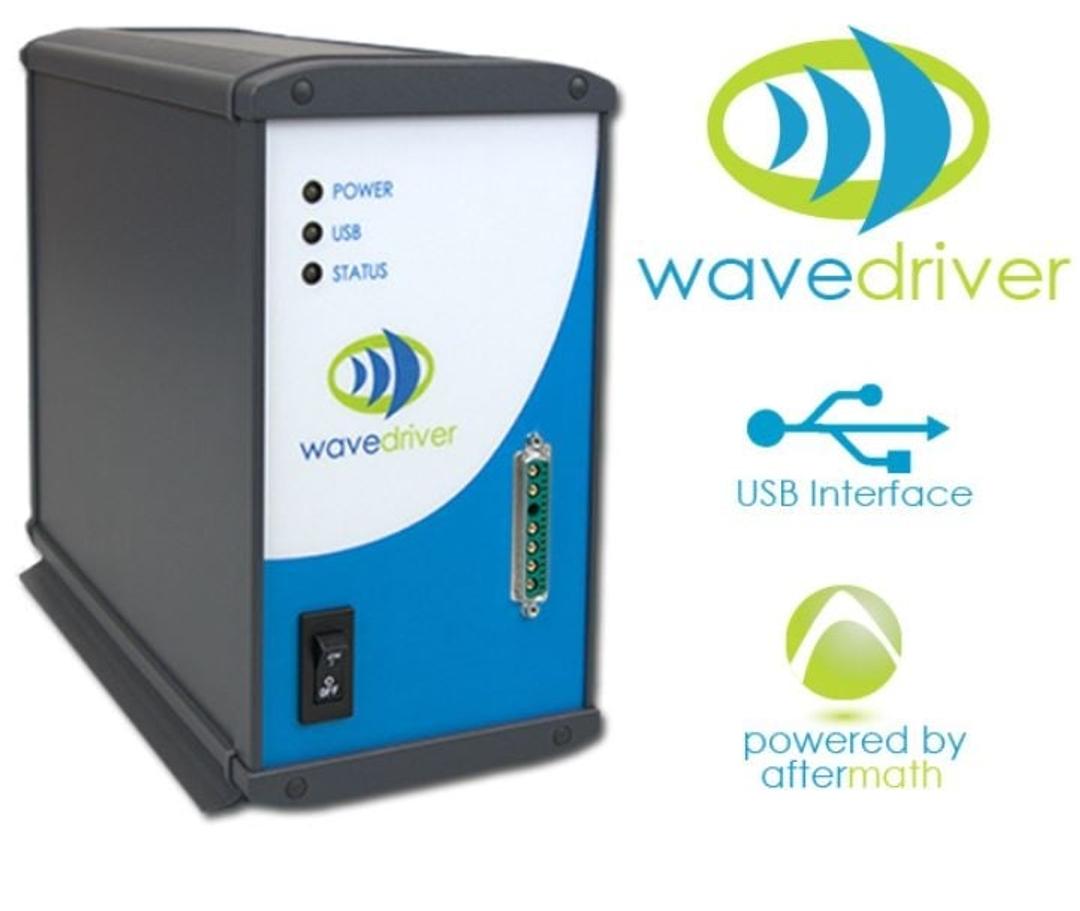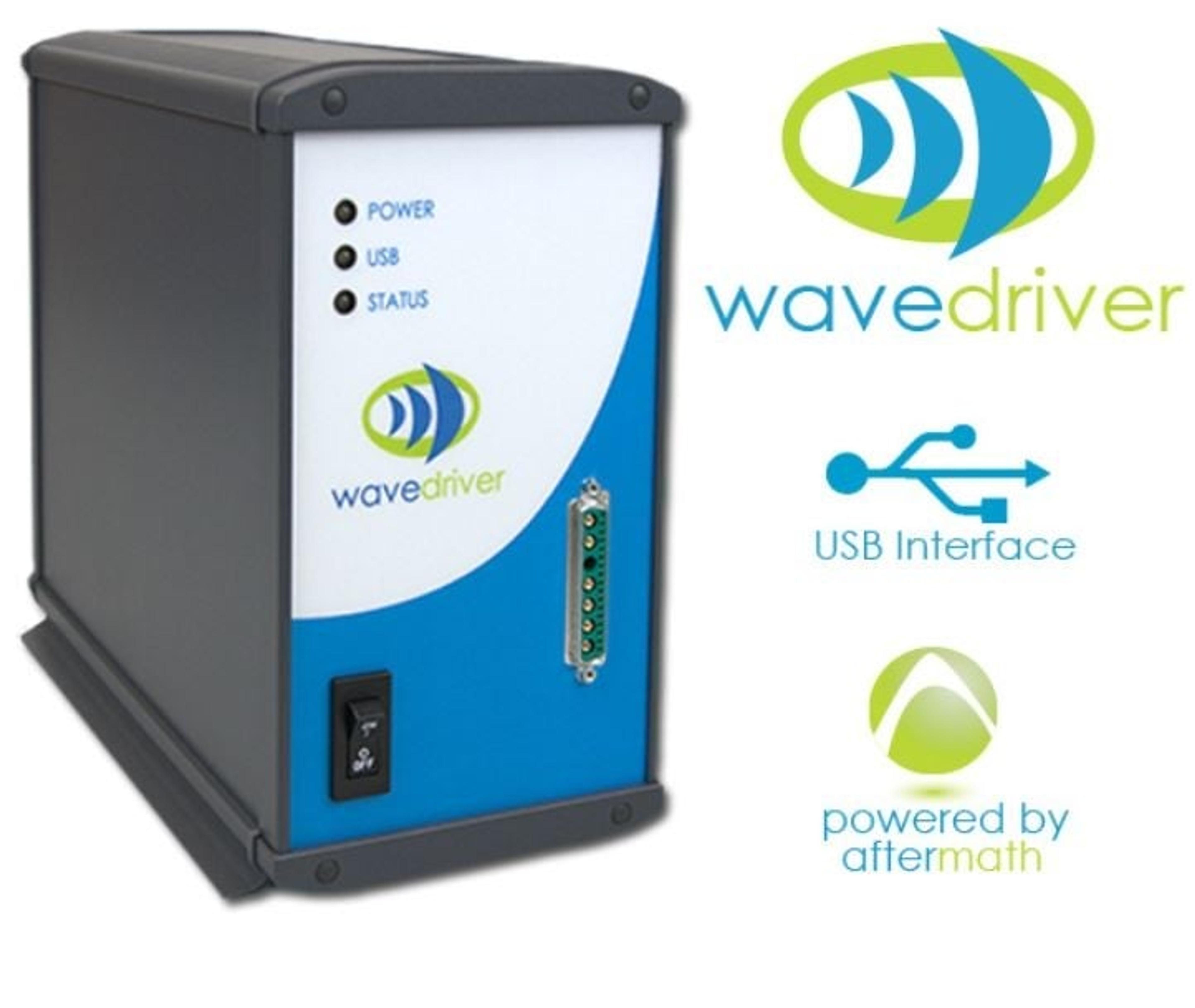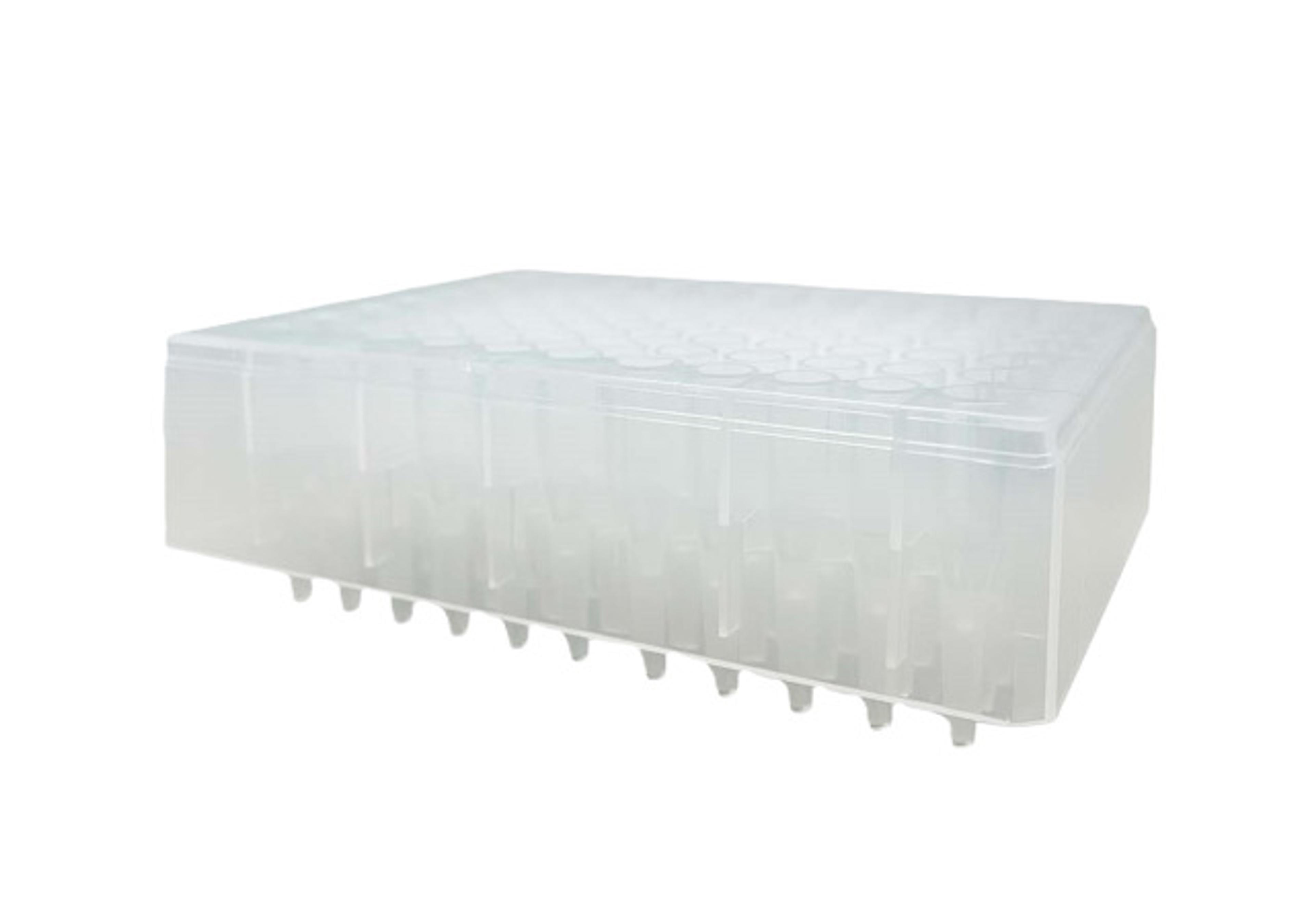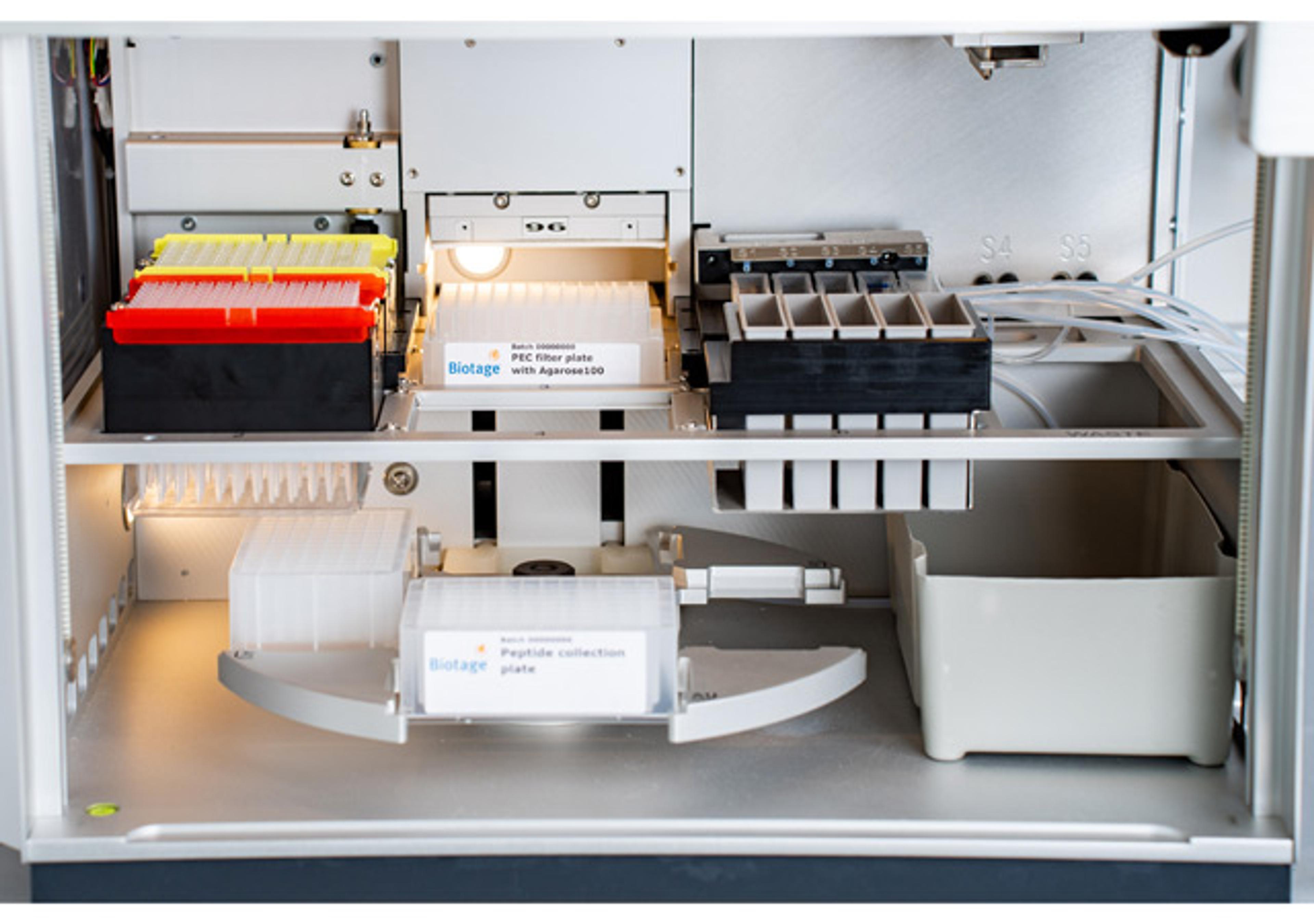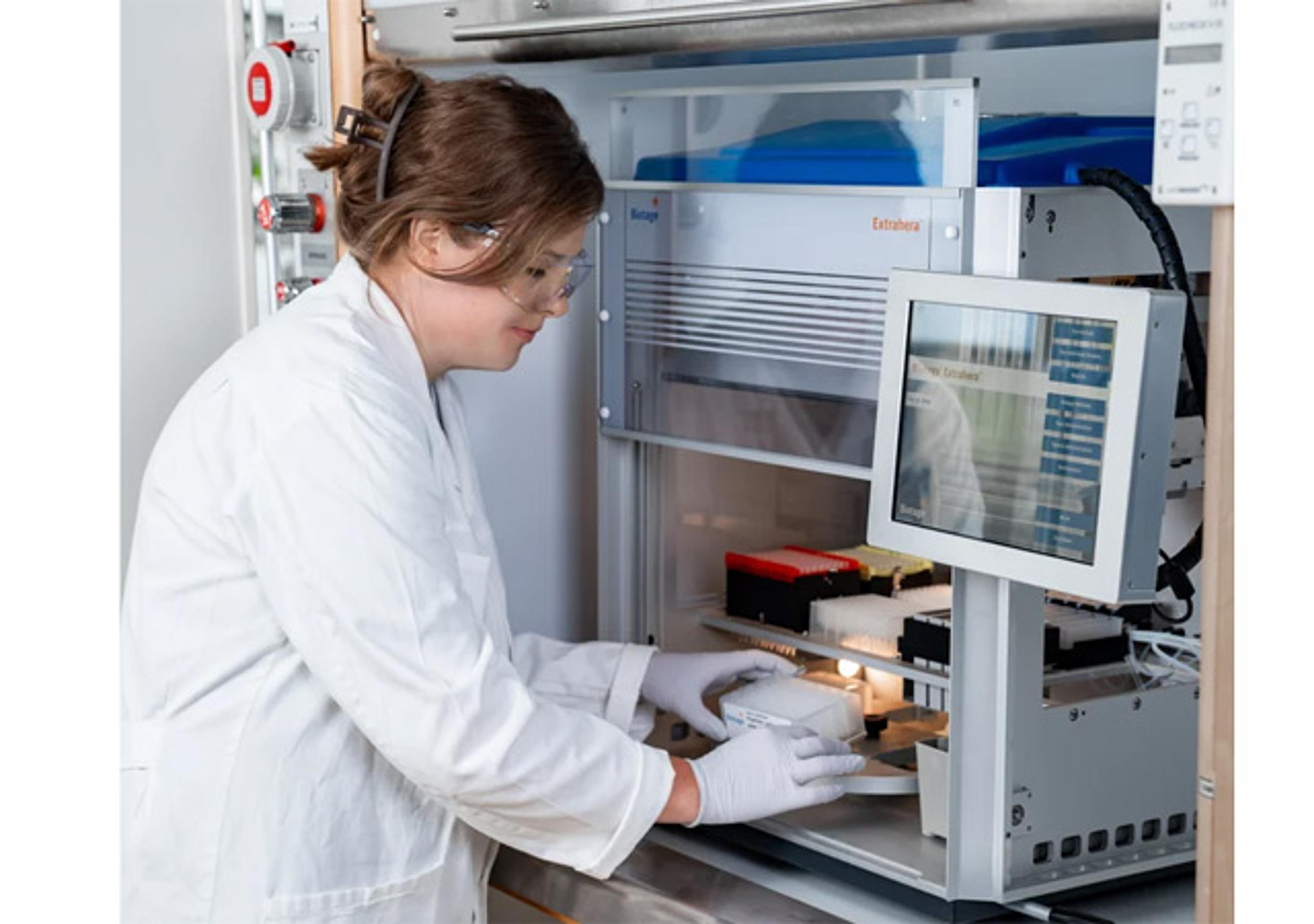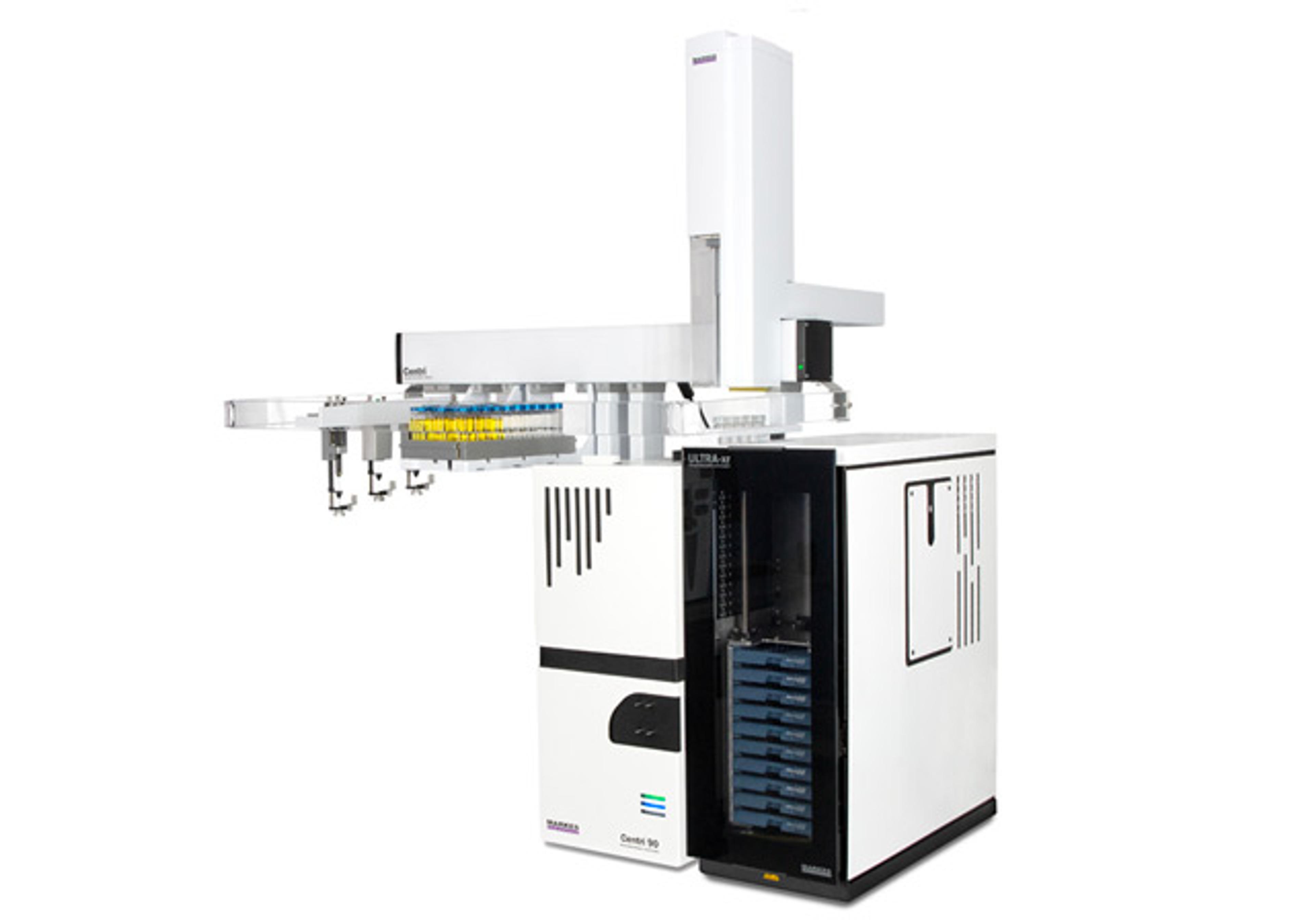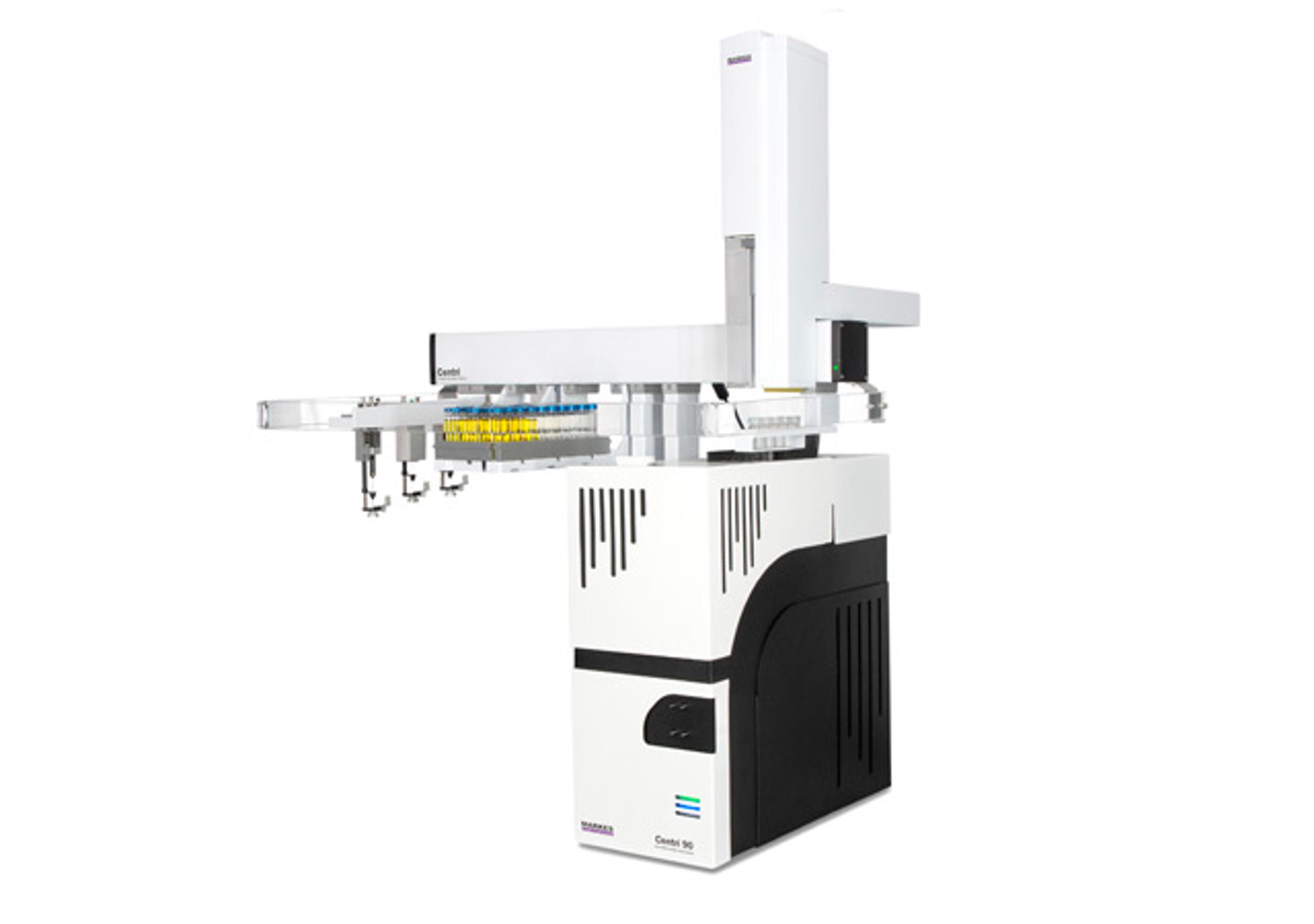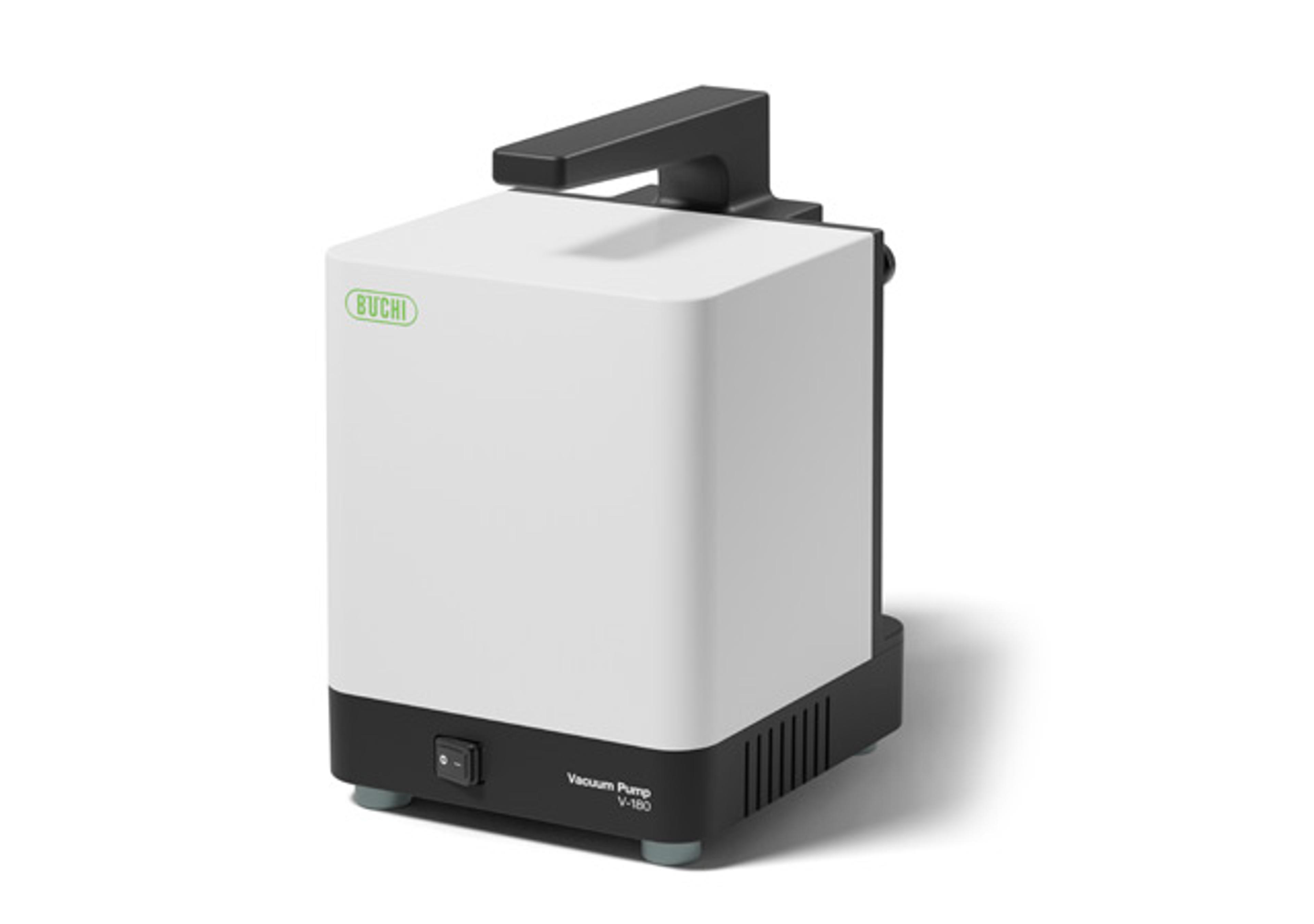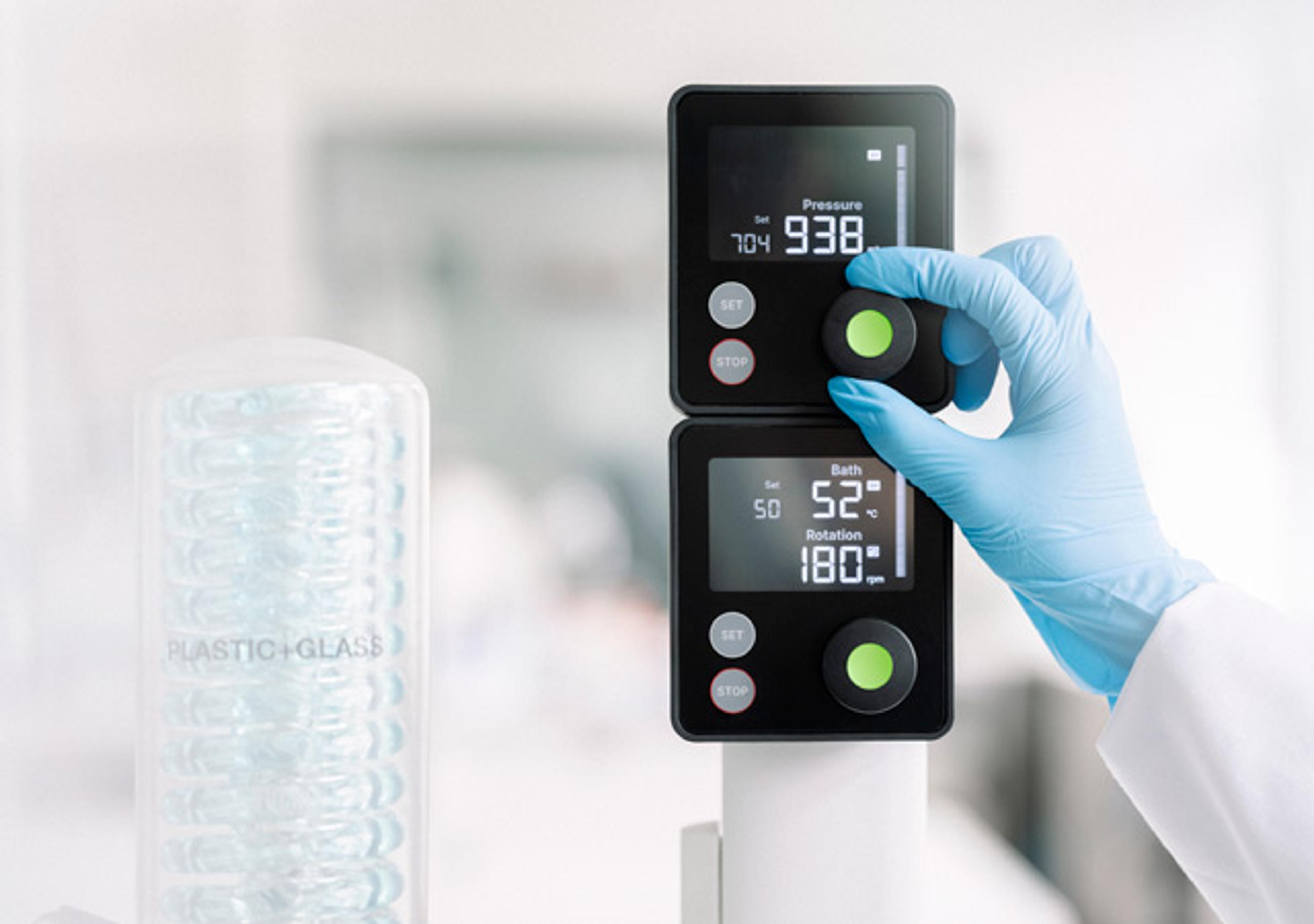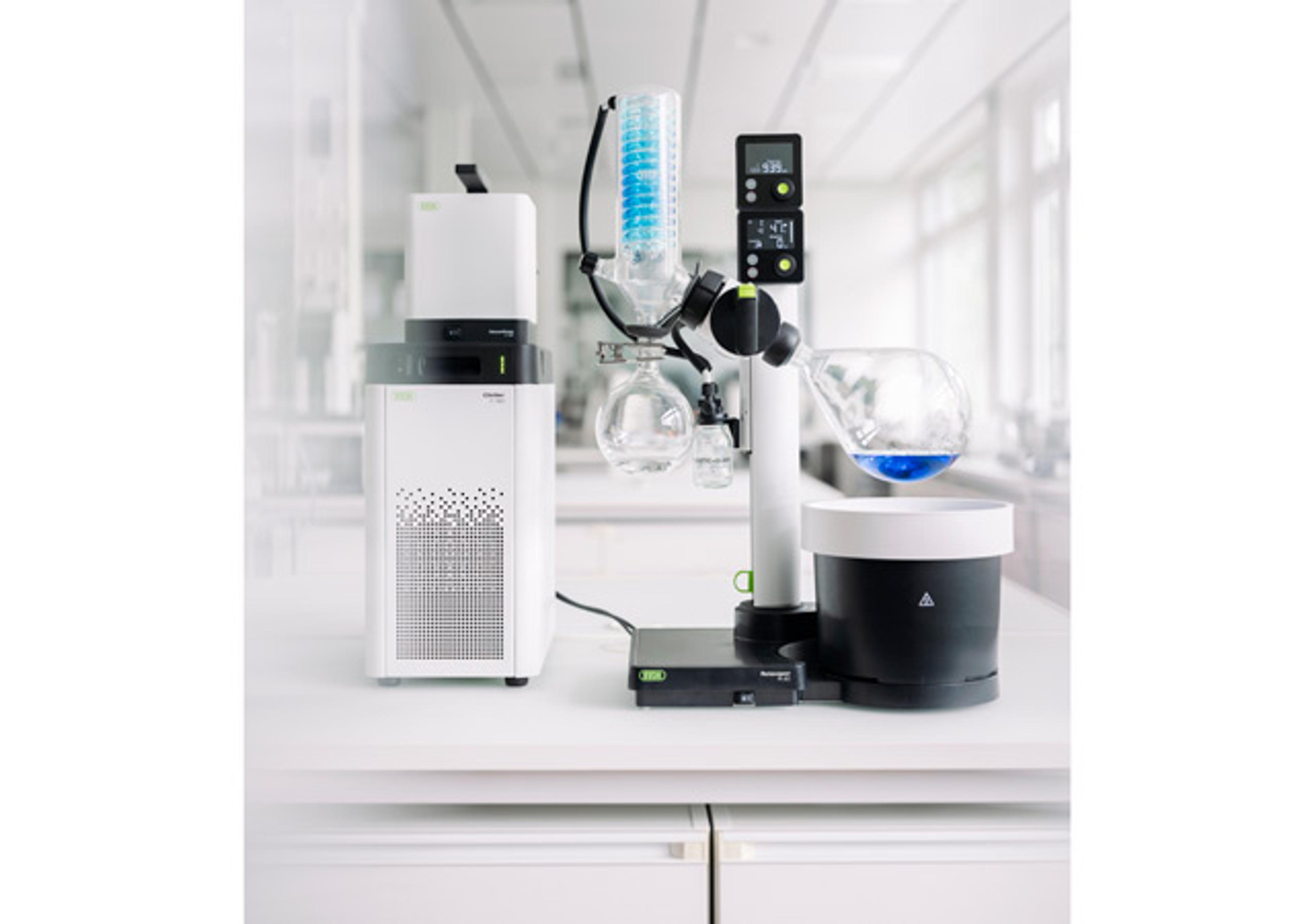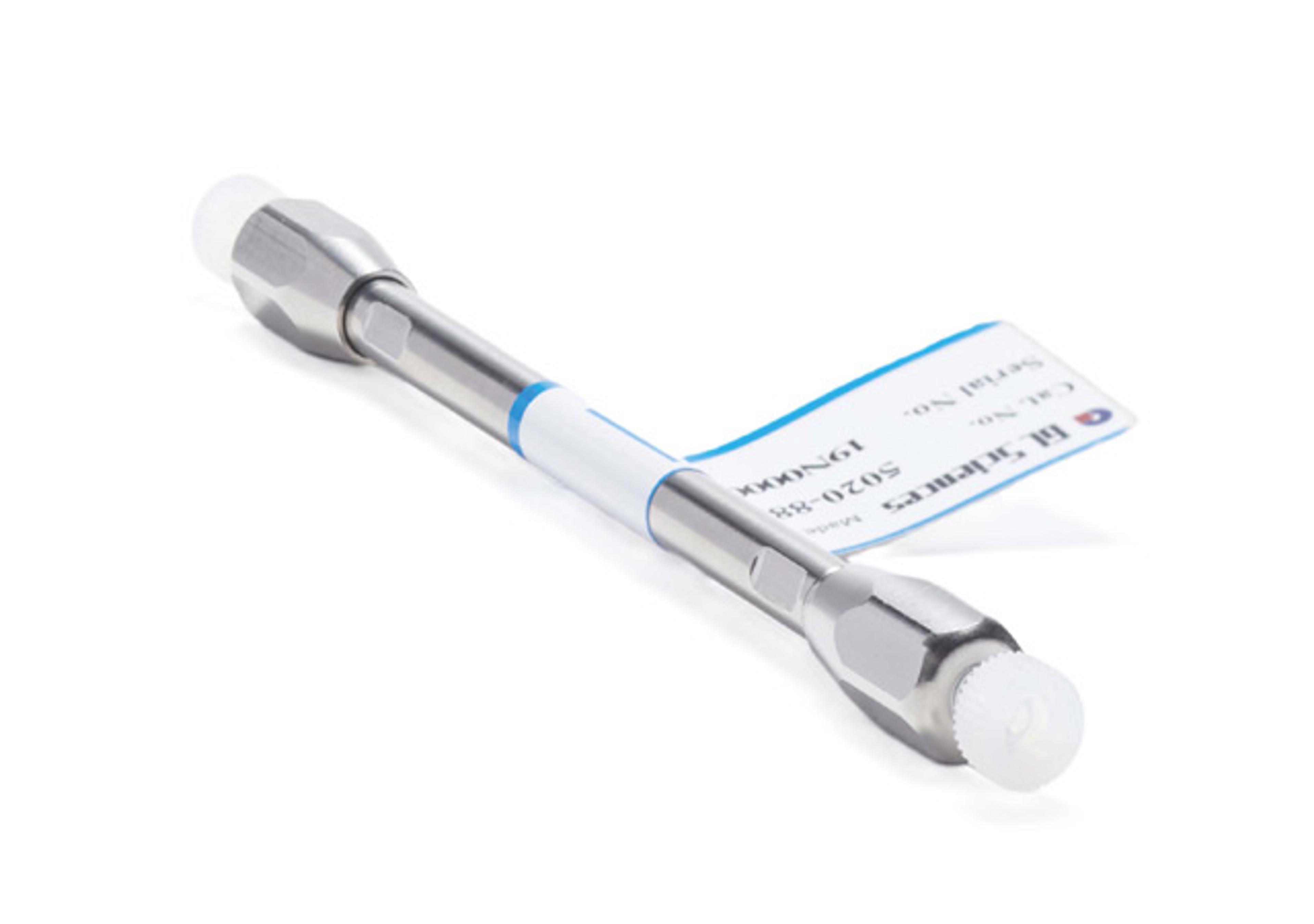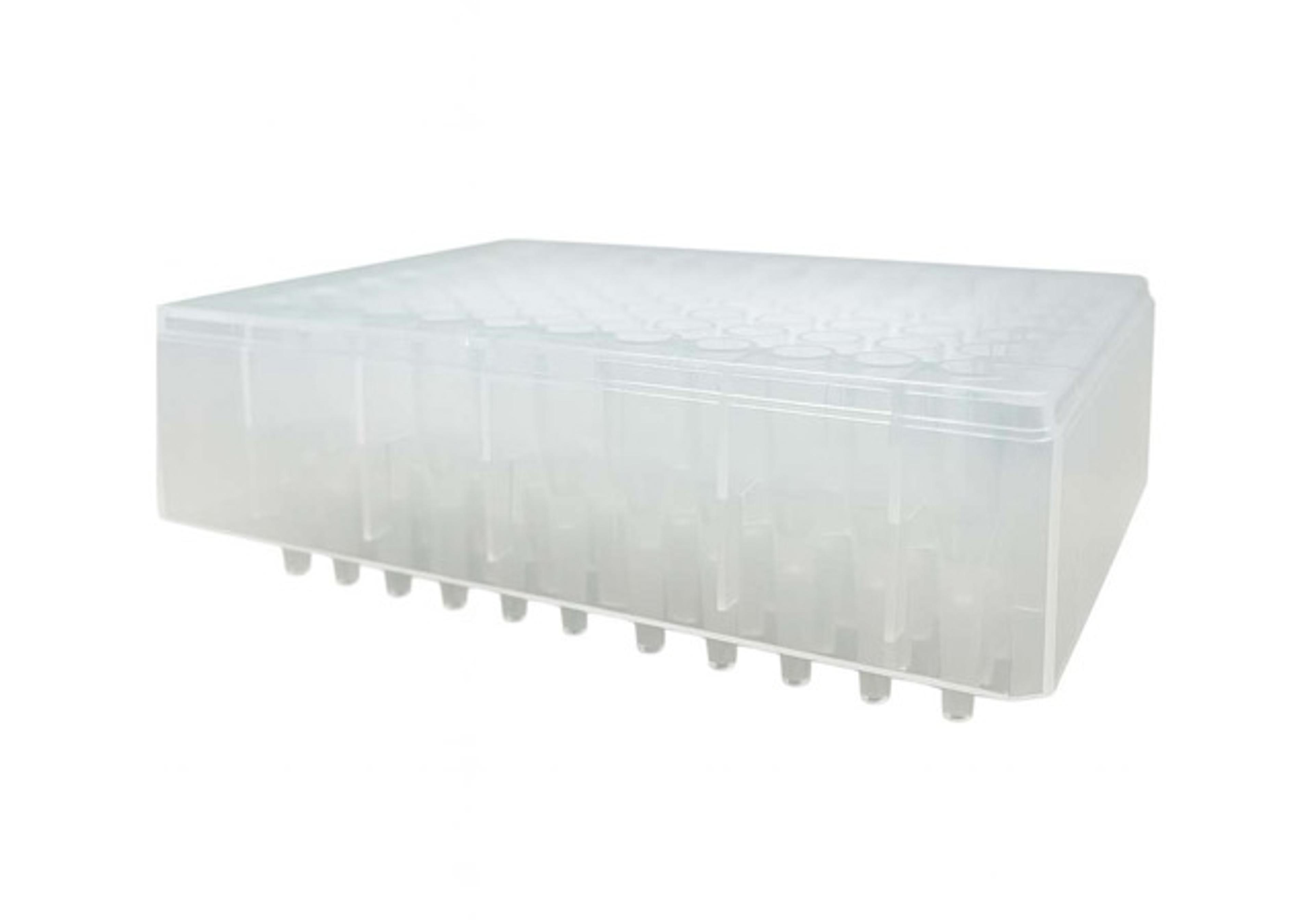WaveDriver 10
Potentiostat/Galvanostat System

The supplier does not provide quotations for this product through SelectScience. You can search for similar products in our Product Directory.
Great for reliable electrochemistry.
Electrochemistry
We use the WaveDriver frequently in our lab to analyze active compounds. The instrument delivers very consistent c-chem and performs well. Some issues have arose with excessive noise during experimentation, but very minimally. The instrument is very reliable.
Review Date: 16 Mar 2020 | Pine Research
The WaveDriver is excellent but does have some ease of use issues with the software.
Potentiostat/Electrochemistry
The WaveDriver is easy to use, straightforward, durable, easy to move, assemble and disassemble. It has lasted many years. My one disgruntlement is that the software sometimes is a bit clunky and has a data cap on how much data can be saved in an archive, which can make finding or moving data difficult for long experiments or products.
Review Date: 16 Mar 2020 | Pine Research
Great for reliable electrochemistry.
Electrochemistry
We use the wave driver frequently in our lab to analyze active compounds. The instrument delivers very consistent c-chem and performs well. Some issues have arisen with excessive noise during experimentation, but very minimally. The instrument is very reliable.
Review Date: 12 Mar 2020 | Pine Research
The WaveDriver® 10 Potentiostat/Galvanostat System is a cost-effective, yet powerful and versatile, benchtop instrument whose value cannot be beaten. With a modest form factor and convenient USB interface, the WaveDriver 10 packs a punch with iR compensation, ability to form over 38 different electrochemical techniques, and controlled through AfterMath® Data Organizer software. The WaveDriver 10 blends much of what you need from a potentiostat without the added frills that can sometimes simply drive up the cost. Key features of the WaveDriver 10 are as follows:
- Applied/Measured Current: ±100 nA to ±1 A
- Applied/Measured Voltage: ±10 V (two ranges, ±2.5 V and ±10 V)
- Operation Modes: Potentiostat, Galvanostat, OCP, ZRA
- iR Compensation: Current Interrupt or Positive Feedback
- Techniques: All common DC sweep and step experiments plus specialty corrosion, rotating, and spectroelectrochemistry techniques

